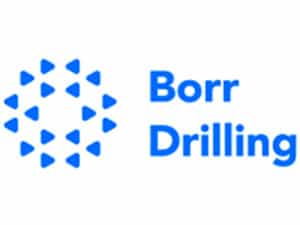
VIDEO: CMB unveils liquid hydrogen fueled catamaran
Written by Nick Blenkey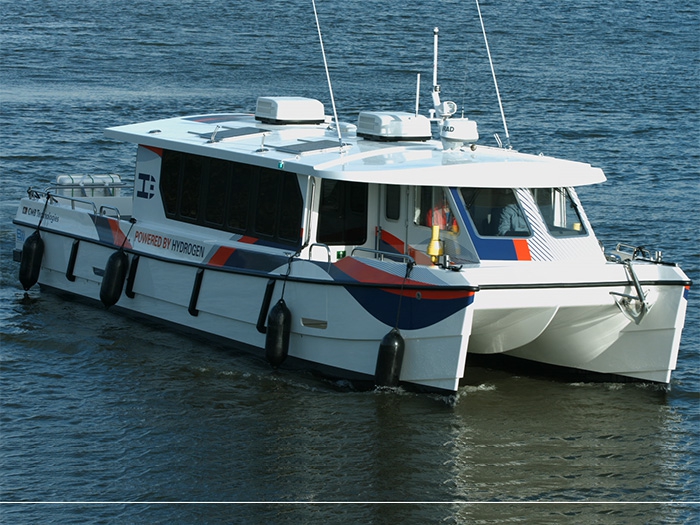
NOVEMBER 30, 2017 — The latest addition to the fleet of Antwerp headquartered Compagnie Maritime Belge (CMB) is not a bulker, a containership, or a chemical tanker. It’s the Hydroville, a 14 m x 4.2 m catamaran that is the world’s first accredited passenger vessel to be powered by a combustion engine burning liquid hydrogen.
The advantage of hydrogen is that no CO2, atmospheric particulate matter or sulfur oxides are released during combustion.
Christened yesterday, the 16 passenger vessel will be used as a shuttle to commute daily between Kruibeke and Antwerp during peak times, to provide CMB employees with efficient, environmentally-friendly transport to and from the office. However, it is first and foremost a pilot project to test hydrogen technology for applications in large seafaring ships.
The Compagnie Maritime Belge has close to a hundred oceangoing ships navigating the globe, all supported by CMB Technologies, a branch within the group dedicated to developing new technologies and implementing existing ones. Ultimately, the goal is to make the entire CMB fleet greener, more efficient and more competitive and in June 2016 the decision was taken to develop a small, fast, hydrogen-fueled vessel: the Hydroville.
For CMB, the advantages of hydrogen (H2), as a marine fuel are that it can be extracted from the environment (e.g. from water) relatively simply, and does not release any CO2, particulate matter or sulfur oxides when combusted.
CMB opted for combustion engines because, it says, batteries or fuel cells are less suitable for heavy transport (such as ships and aircraft).
The batteries required for ocean going ships, says CMB “would be so huge that their cost and weight would make them economically unfeasible. The time it takes to charge that kind of battery would be problematic as well. Fuel cells offer more possibilities in that area, but the high cost makes them less suitable for large-scale commercial transport.
The next step CMB envisages will be to fit one of its containerships with a hydrogen-fueled auxiliary engine.
In addition to serving as a commuter shuttle, the Hydroville will occasionally be used for meetings or dinners on board, or to organize a trip to the Port of Antwerp. It will also function as a base for demonstrating the use of hydrogen in shipping, and will be sent out to attend events all around Europe in this context.
The Hydroville is fitted with 16 comfortable seats that can be set up in three different configurations. Besides the commuter configuration, they can also be set up for meetings, with all the seats placed around a large central table. Last but not least, in the cinema configuration, all the seats face the flat-screen TV, for films or presentations. There is an outdoor passenger deck at the stern.
There is also a small galley and toilet provided for longer trips. To improve the level of comfort, sound insulation has been fitted and there are two air conditioning units. The ship also has onboard Wi-Fi and built-in USB chargers.
With an unladen weight of 12 tonnes, the Hydroville is powered by two dual fuel combustion engines (H2ICED) developing a total 441 kW. It has 12 hydrogen tanks (205 liters @ 200 bars) and two diesel tanks (2 x 265 liters) as ignition fuel and backup fuel.
The engines are four cylinder Volvo Penta engines driving two contra-rotating propellers. Their hydrogen system is custom builtf
More on the Hydroville HERE

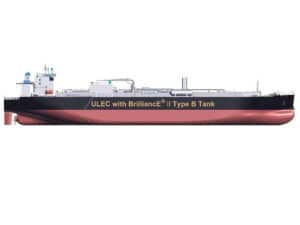
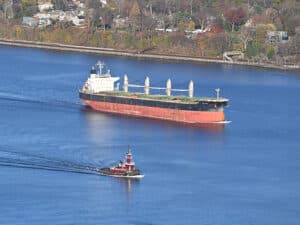

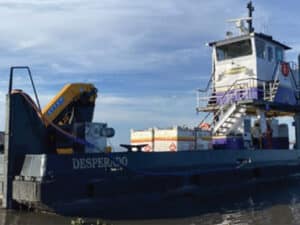
Leave a Reply
You must be logged in to post a comment.